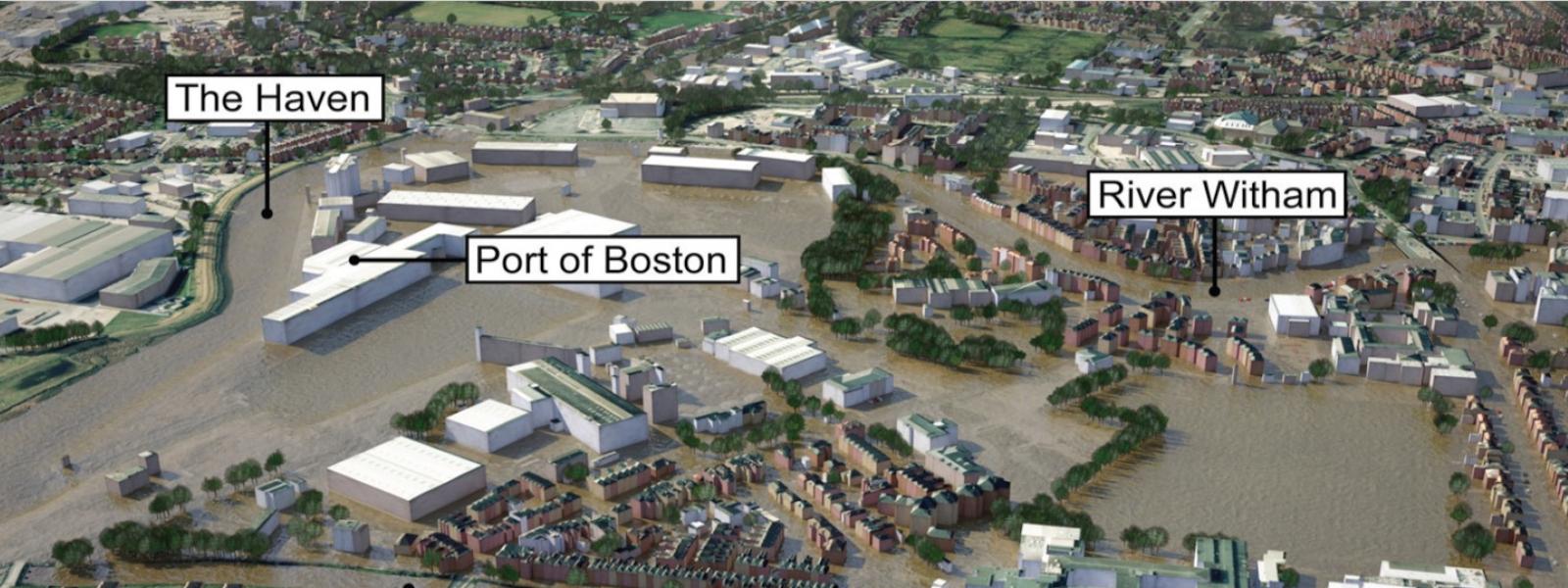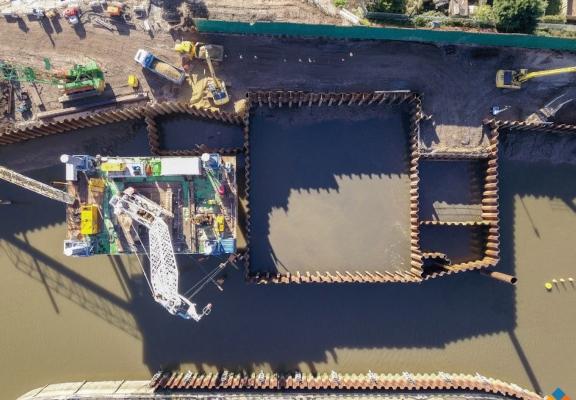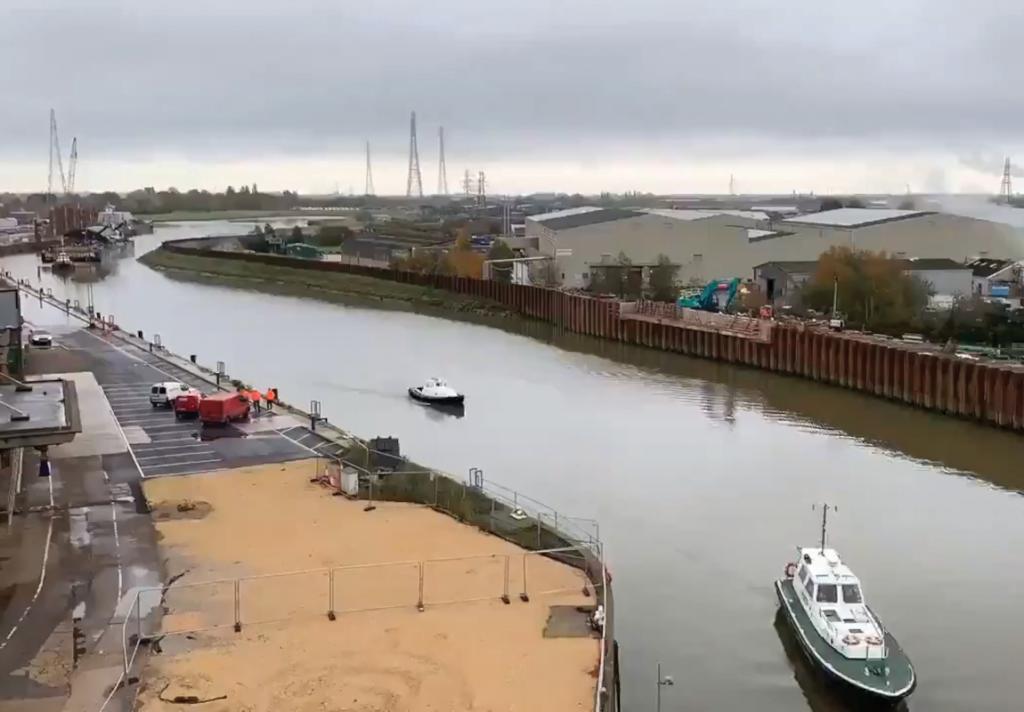Flood barrier defence - Boston, UK | 2017
Protecting the Community and Properties from Flooding
Boston is a small town in the North East coast of the UK with an estimated population of 69 500 people. In the mediaeval times, Boston was the second richest port (after London) owing to its wool exports.
Over the years, Boston suffered many flooding events, which adversely impacted its economy. One of the most severe floods happened in December 2013. A 5.2 m tidal surge overflowed approximately 20 km of Boston’s flood defences, affecting more than 800 homes and businesses; at least 200 residents had to evacuate their homes. After this catastrophic incident and many previous ones, it was recognized that further flooding in the town was ‘highly likely’ presenting a ‘high risk to properties’. The town was subsequently classified as one of UK’s top ten areas of National Flooding Priority.
Download
 English
English






